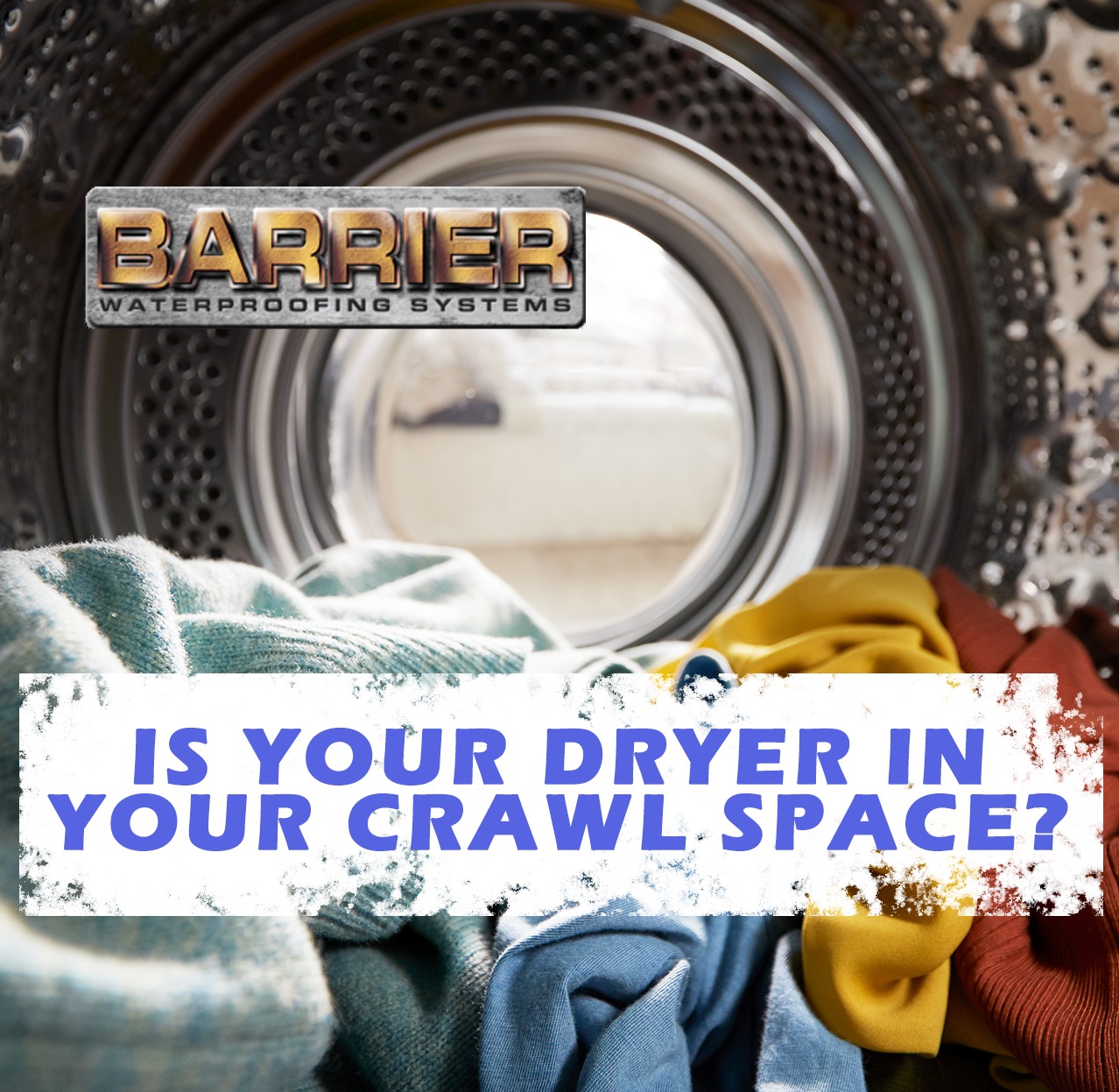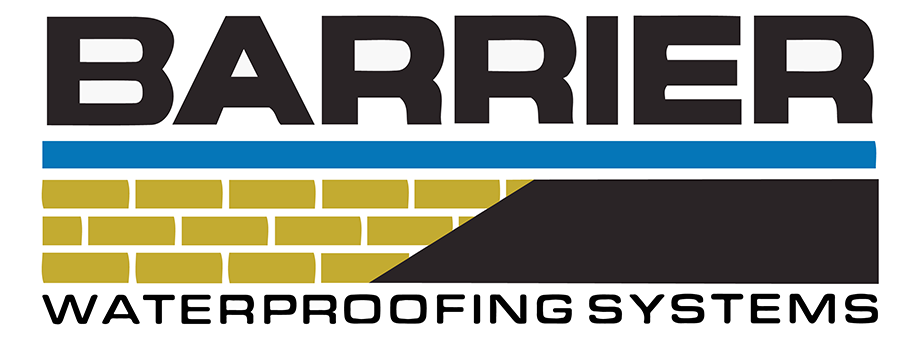An unfinished crawl space could spell out some problems for the conditions of the area beneath your home. There are several different reasons why your crawl space should be encapsulated and sealed off from moisture. Mold, mildew, standing water, pest infestations, and other factors can compromise the integrity of your home’s structure when left unchecked. Installing a vapor barrier in your crawl space, which is also a part of the encapsulation process, will solve these problems. There are some modifications to the home, however, that can still cause trouble when made.
Some homeowners have found a solution to their dryer troubles by simply relocating it to an unused part of their home, such as their garage, attic, or crawl space. They find that because this space is not regularly receiving air conditioning, and the appliances aren’t picky about the view of their surroundings, that either of these locations would make for a good way to save space. Although this may be true and fit just fine with their lifestyle, the concern comes into play when considering where the dryer exhaust should vent out to.
There have been plenty of homemade systems designed to control the output of lint from the dryer exhaust, as well as some commercial solutions available for you to buy. The problem is, those solutions most likely aren’t designed to combat the humidity from the wet clothes being pumped into the empty space. As we know, humidity = mold growth, and it is a crucial enemy of the exposed structures of your home.
We suggest that if you currently have a dryer in your crawl space and it is terminating the byproducts of your laundry into your garage, attic, or crawl space, that you redirect it to vent to outside of your home. Regular building codes call for this kind of installation to increase safety measures. If you would like some help with a custom route for your dryer exhaust, give Barrier Waterproofing Services a call at (615) 257-1060 today!
This post was originally published on 4/23/2019 and updated on 12/10/2020 for accuracy and a larger scope of information.

